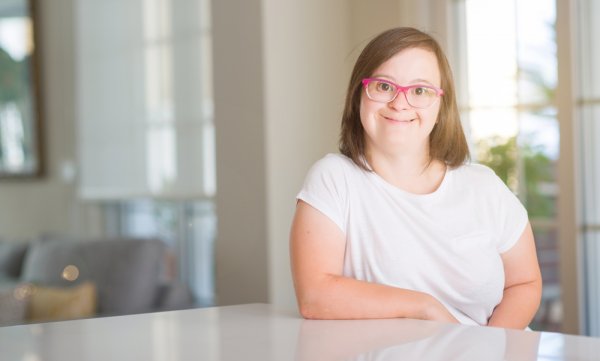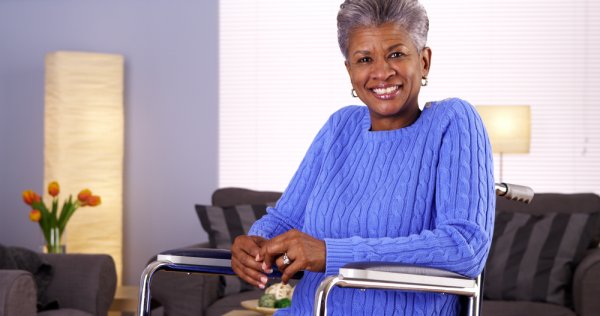In Australia, almost one in five people have a disability. The figures are similar for both women (18.6%) and men (18.0%). But how are these women represented in the body that governs Australia, the federal public service?
The Australian Public Service (APS) is committed to the inclusion of people with disability in the workforce. As the Australian Public Sector Commission states, a diverse workforce has a wider range of skills, and is therefore better equipped to support the Australian people. The As One strategy includes guides for HR managers, managers of people with a disability, employees who have a disability, disability champions, and job seekers as to best practice and resources.
Has the strategy worked? Particularly for women with a disability who may feel more vulnerable than their male counterparts. And do the numbers tell us a full story?

The APS collects data about its employees using an anonymous, non-compulsory survey called the State of the Service Employee Census. As employees do not have to disclose a disability to their employers, an anonymous survey gives a more realistic look at the number of people in the workforce than other official workplace figures.
At first glance, men with a disability outnumber women in the APS … however, these figures are misleading
At first glance, men with a disability outnumber women in the APS. Seven percent of men had a disability as opposed to six percent of women. However, these figures are misleading.
The figures assume that the underlying population, in this case people employed by the APS, is evenly distributed i.e. the population is 50% male and 50% female. That assumption, however, is incorrect.
In 2013 the APS workforce was made up of 58% women. This is different enough from the assumption of 50% to make the story the figures tell incomplete.
When explored further we can see that women with a disability in the APS (3,678) outnumbered men with a disability (3,096) by six to five. Even though the APS contains more women with a disability, it has a larger percentage of men with a disability because of the smaller number of men overall in the APS.
Both figures fall short of representing the underlying Australian population of 18%. However, these statistics also require further unpacking to reveal the full picture. The figure for the Australian population includes those who do not belong to the workforce, such as children and pensioners. Additionally, there are people who have such severe disabilities that they are unable to join the workforce.

Even with this taken into consideration, the gap between women with a disability employed in the APS and women with a disability in the Australian population is still large. This gap also exists for men.
From the data we have we can conclude that the gender differences for people with a disability in the Australian Public Service is minor. However, we have yet to study if gender effects people with a disability in other ways.
The numbers give us the baseline, and a target, but they cannot reveal whether the intersectionality of gender and disability has an impact on other factors such as classification levels, satisfaction with work, or exposure to bullying rates for example.
In addition, given the discrepancy between the number of women (and men) with disability in the APS, and the general population as a whole, it is clear that much more work is required before we reach true representation. This will require capturing data beyond simple statistical representations to unearth the barriers and obstacles that are currently invisible.




